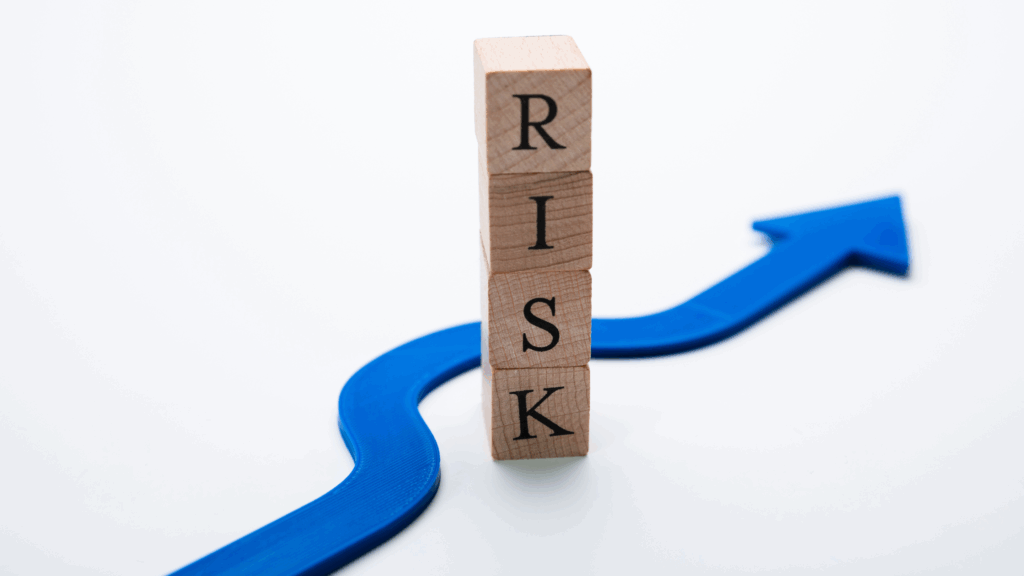Jump to:
Why Did the Stock Market Drop?
How Should We React to the Stock Market Drop?
Is Now a Good Time To Pull Out of Stocks?
The dog days of August began with a growl as stocks had their biggest losses since 2022. To wit: on Friday, August 2, the Dow Jones Industrial Average dropped 1.5%, the tech-heavy Nasdaq Composite lost 2.4%, and the S&P 500 Index slid 1.8%. After spending the weekend decompressing, investors were greeted on Monday to another steep slide in global markets as all three indexes fell more than 2.5%.
Market slides like this are unsettling but not a cause for alarm. Instead, our Aurelius Family Office team strongly recommends good old-fashioned “sense making” as the surest pathway to clear thinking and wise investing. So, let’s make some sense.
Why Did the Stock Market Drop?
A number of reasons have been advanced, and all likely played a role. These include: disappointing economic data such as a weaker-than-expected jobs report after the Labor Department reported that only 114,000 jobs were added in July; the continued failure of the Federal Reserve Board to cut rates until no earlier than September; a rise in the number of Americans filing for first-time jobless claims, which codes for increasing layoffs; a new concern about the perceived impact — or lack of impact — of artificial intelligence that has led investors to take their feet off of the gas of locomotives better known as Nvidia and Microsoft.
A fear of recession created an angsty backdrop among investors, and while the fear of recession does not produce the thing that is feared, the Aurelius team believes it can lead to a sell-off mentality. But there are other factors, likely less well-known because they are not as exhaustively covered and are more complex, that powerfully contributed to this sell-off as well.
Prominent among these factors is the “yen carry trade.”
If you want to follow this development into the deeper waters of global finance, check out this article. In the meantime, Gordon Nelson, Aurelius’ Director of Financial Planning, offers an explanation of the impact of the yen carry trade.

Gordon says this trade involves borrowing Japanese yen at low interest rates and converting them into higher-yielding currencies to invest in more profitable assets. “While this strategy aims to capitalize on the difference in interest rates and currencies, it comes with risks, particularly from interest rate and exchange rate fluctuations,” Gordon notes.
The recent surprise rate increase by the Bank of Japan has highlighted these risks, especially affecting riskier assets. “After a very prolonged period of keeping their rate at 0%, the sudden rate increase caused the Japanese yen to rapidly appreciate, leading to the sudden unwinding of the yen carry trade,” Gordon says.
He explains that the unwinding occurs because the U.S. dollar assets traders are holding may now not be enough to repay the amount of Japanese yen they have borrowed. “This causes a huge effort to unwind of these trade positions. Traders facing big losses and margin calls are selling their US stocks to raise US dollars, converting back to Japanese yen to pay back their loans.”
How Should We React to the Stock Market Drop?
Our Investment Operations team does anticipate market setbacks and take the necessary steps to ensure your investment portfolio remains in-line with your goals and objectives. They continually monitor the market, and they keep our Investment Committee — which meets no less than quarterly — apprised of any recommended changes to our model allocations as well as any investments held within those models. This has helped our clients’ portfolios as bond prices have been rising and should continue to help if interest rates continue to move down as expected. While many of us focus on equities, bond positions play an important role in turbulent times. While bonds can be boring, they can shine during down equity markets, reducing the risk of negative returns for the portfolio.
While no one likes downturns in the market, they can also provide opportunities to conduct tax loss harvesting to offset previously reported capital gains during the year, as well as to conduct a rebalance to take advantage of lower cost equities.
Is Now a Good Time To Pull Out of Stocks?
While historical performance is no guarantee of future performance, history teaches us that U.S. equity returns following downturns have, on average, been positive (See Figure 1). For example, according to data from Fama/French Total US Market Research Index and collected by Dimensional Fund Advisors (DFA), between July 1926 and December 2023, returns following 10% market declines averaged 11.8% after one year, 34.6% after three years, and 68.7% after five years. The returns following 20% market declines have been even greater. Five years after market declines of 10%, 20%, and 30%, the cumulative returns all top 50%. (Source: DFA – Stock Gains Can Add Up after Big Declines – 2/2024)

Nor do sharp downturns within one calendar year always lead to negative returns for the entire year (See Figure 2). With the notable exception of 2008 and two other years, if we look at the period 2004–2023, we see that most of the years with the largest intra-year declines wound up producing positive calendar year returns. These include 2009, which experienced a 27% decline in the wake of the financial crisis of 2008 but finished the year at a positive 27%, and 2020 during which the COVID pandemic shut the economy to the tune of a 35% decline in the market, only to rebound to post a positive 21% by year’s end. (Source: DFA – Do Downturns Lead to Down Years? – 4/2024)

These are the larger backdrops against which we build and manage our clients’ portfolios. When the markets head south, our philosophy is very simple — it is best to stay the course. While it can be tempting to step out of the market under these circumstances, the far more difficult question investors have to ask themselves is, “When is it best to get back in?”
That is a trick question because rarely do investors get that answer right! The moral of the story? Best to keep your eye on the big picture and absolutely, positively not get sucked into notions of timing the market. The negative consequences of taking yourself out of the market even for a short period of time cannot be denied (See Figure 3). For example, a hypothetical investment of $1,000 made in 1999 turns into $6,449 for the 25-year period ending December 31, 2023. However, miss the Russell 3000’s best week, ending November 28, 2008, and the value shrinks to $5,382. Miss the three early pandemic months ending June 22, 2020, and the total return falls to $4,546. (Source: DFA – The Cost of Trying to Time the Market – 2/2024)

Our investment philosophy follows an academic approach to investments that allocates into areas of the market that have historically provided excess risk-adjusted returns. What this means is we begin with the global market portfolio, with tilts (or greater emphasis, positioning) in those historic excess return segments. We take this longer-term approach because we believe it will be most beneficial to our clients. This is why we recommend staying the course and not allowing short-sightedness to sway your long-term goals.
We have all done summer road trips. If you watch every reflector you pass, before long you will start to feel pretty queasy. So keep your eyes on the road and enjoy the rest of summer.
As a final note, during the election season people naturally want to know if their investment approach should change based on whoever — and what political party they represent — they think will settle into the Oval Office. In looking at a century of returns, in most cases stocks have trended upward regardless of who wins. Still, with the volume (and drama) in national reporting on the election’s economic impact already turning up very high, Aurelius Family Office will host a webinar on the topic for our clients in mid-September.
Look for registration material in the coming weeks. And in the meantime, the Aurelius team is here to answer any further questions or address any concerns you may have.
Disclosure
Aurelius Family Office, LLC (AFO) is registered as an investment adviser with the SEC and Noticed Filed with the state(s) where it transacts business, unless excluded or exempted from filing requirements. This communication is for information purposes only, and it is not intended to provide specific legal, tax, or other professional advice. Investments involve risk and unless otherwise stated, are not guaranteed. Although information has been obtained from sources deemed to be reliable, we make no guarantee as to the accuracy or completeness of this data. AFO shall not be liable for any errors or omissions, or for any actions taken in reliance thereon. Be sure to first consult with a qualified professional adviser before implementing any strategy discussed herein. Past performance is not indicative of future results.



